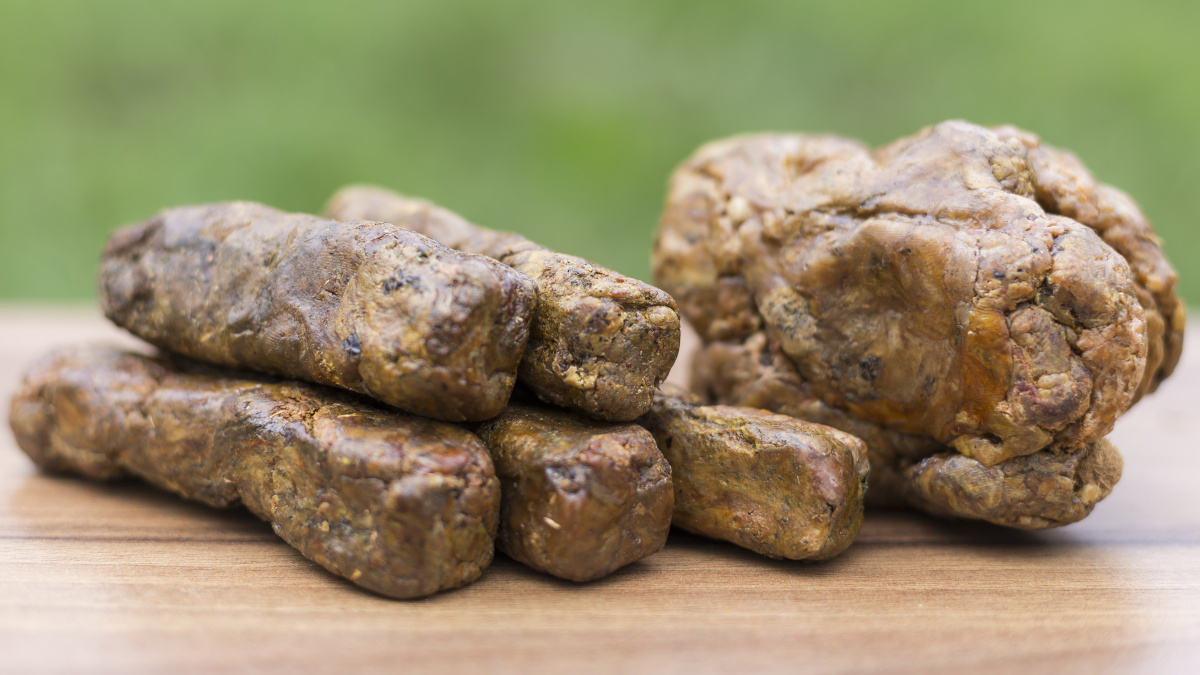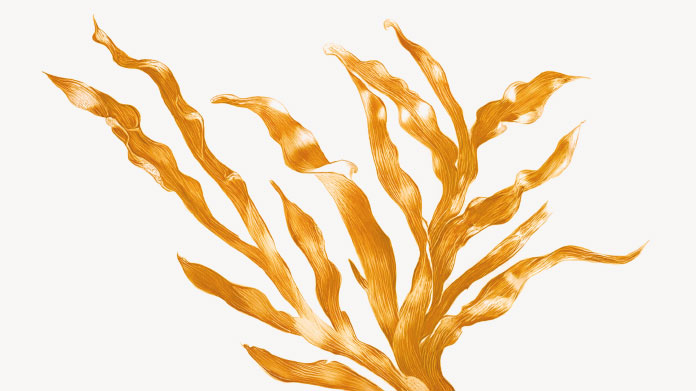Propolis: how to get the best out of this beehive treasure
Produced by bees to protect the hive from the cold and diseases, propolis is a veritable treasure trove of beneficial compounds. Discover its secrets and how to get the most out of it.

What exactly is propolis?
Propolis is a substance produced by worker bees from wax and plant resins. Resin exuded around the buds and bark of certain trees and shrubs is collected by foraging bees and transported back to the hive for processing by worker bees (1).
They in turn mix the resin with wax and saliva in their mouths to make an extremely rich paste with close to 400 active ingredients crucial to the life of the hive.
Propolis is used by bees as a cement to repair the hive or to seal openings, and form a protected entrance. It also acts as thermal insulation against the winter cold and thus reduces heat loss from the hive.
In addition, propolis protects the hive from disease with its antiseptic and antifungal properties. These properties are used by the bees to embalm intruders: with the cadavers thus enclosed in antiseptic, insulated coffins, they dry out, so preventing the spread of disease in the hive.
The action of these properties within the hive has led a number of research teams to study the potential effects of propolis on human health (2).
And it is these same properties that have ensured propolis has been used for thousands of years, for example, as a balm applied to wounds (3).
Composition of propolis
Propolis contains hundreds of active and aromatic ingredients, which come partly from the resin collected by the bees, and partly from chemical and organic reactions associated with the production of propolis by the bees’ mastication.
Its composition thus includes a number of particularly interesting molecules (4):
- flavonoids ;
- chalcones (natural phenols) ;
- benzaldehydes ;
- cinnamyl alcohol and cinnamic acid;
- terpenes, sesquiterpenes and triterpenes;
- sterols;
- amino acids...
These various compounds are present in varying proportions, however, depending on the type and origin of the propolis.
The different kinds of propolis
Propolis is generally thought to exist in 3 main forms:
- yellow (or brown) propolis. This is the most common form. It comes from various European countries and is normally obtained from poplar or elm resin. However, unless it is certified organic, meaning that the bee colonies are located solely in areas that are totally pesticide-free, it may contain traces of chemicals associated with intensive farming methods;
- green propolis, such as our product Green Propolis. This comes from ‘field rosemary’ resin collected by bees, a plant with the botanical name of Baccharis dracunculifolia. This excellent propolis originates from Brazil and is produced well away from intensively-cultivated land in order to preserve its purity;
- red propolis, such as our supplement Red Propolis. This is obtained from the resin of the woody climber Dalbergia ecastaphyllum, which grows in tropical mangroves It is the rarest and most beneficial of the forms of propolis available.
If you’re interested in beehive-based supplements, you may also want to benefit from the nutritionally-rich royal jelly, with the product Organic Royal Jelly 4% (an organic supplement standardised to 4% 10-HDA).
Which is the best way to take propolis?
Propolis is often found in the form of sprays which are produced by alcoholic extraction. These are designed to be used orally, for local treatment of the gums, tongue or throat. It is also available as an ointment, also for topical application.
To obtain maximum benefit from the 400+ active and aromatic ingredients in propolis, and ensure they reach all areas of the body, it’s best to to ingest it so that the compounds are absorbed during digestion. This way, the propolis acts as a complement to the diet, ensuring a significant intake of flavonoids, amino acids, etc.
To conclude then, if you want to consume propolis, this veritable beehive treasure, in the best way possible, as a complement to a healthy, balanced diet high in fresh and raw fruits and vegetables, fibre and lean protein ... we recommend opting for capsules containing standardised extract of red or green propolis, with a high content of active ingredients.
References
- E. L. Ghisalberti (1979) Propolis: A Review, Bee World, 60:2, 59-84, DOI: 10.1080/0005772X.1979.11097738
- A. Aparecida Berretta, M. A. Duarte Silveira, J. M. Cóndor Capcha, D. De Jong, Propolis and its potential against SARS-CoV-2 infection mechanisms and COVID-19 disease Running title: Propolis against SARS-CoV-2 infection and COVID-19, Biomedicine & Pharmacotherapy, Elsevier, November 2020
- https://eurekasante.vidal.fr/parapharmacie/complements-alimentaires/propolis.html
- Mc Marcucci. Propolis: chemical composition, biological properties and therapeutic activity. Apidologie, Springer Verlag, 1995, 26 (2), pp.83-99
Keywords
18 Hours
Prompt delivry !!👍
Prompt delivry !!👍
SWEET Christine
1 Days
Good delivery and flawless quality
AS far as delivery and the visual quality are concerned, Supersmart is excellent. I will not comment on the efficacy of the products themselves, since that is only possible over a longer period and in a large customer base compared to people who do not consume a particular product.
Roger De Backer
2 Days
Perfect services
Perfect services, perfect support, great articles about products
Michaela Alali Beitlová
3 Days
Great experience and effective supplements
I’ve purchased many types of supplements from this company over the course of years to treat a few issues, and I’m satisfied with their quality. After using them consistently for a period of time, I can say they met my expectations and I could feel real health benefits that built up over time. Deliveries are always quick. I recommend this company to anyone looking for high-quality supplements.
Giordano
3 Days
Es hat alles gestimmt
Es hat alles gestimmt. Top
marina thieme
6 Days
Great product
Great product, but still evaluating its effectiveness. Highly recommended. Super efficient delivery.
Chalise
10 Days
Quality products
Quality products , efficient and effective customer service. You can’t ask more
CLaudia
16 Days
Good quality product and customer service.
So far, I'm liking this product, and the customer service was very good.
ELZL
22 Days
The products I use are excel·lent
The products I use are excel·lent
ROSAS Josep Maria
31 Days
Delivery is prompt and I never saw a…
Delivery is prompt and I never saw a quality problem with the manufacturing. It is not possible to assess efficacy on a personal basis, since too many factors come into play. Efficacy can only be assessed statistically with a sufficient number of cases.
Roger De Backer
32 Days
I collaborates with the Supersmart…
I collaborates with the Supersmart more than 10 years. Every thing is going good. Quality of the things is good. Delivery comes in time. Five stars definitely !!!
Oleksiy
32 Days
All good
Simple, frictionless site, easy ordering, good delivery updates and execution.
Chris Robbins
34 Days
I feel better
I feel better
Peter Ammann
34 Days
Prompt delivery
Prompt delivery
JAKUB Radisch
35 Days
My new go-to for top quality supplements!
I am buying more and more of my supplements from this superb, high quality company. Cannot recommend it enough. Plus, excellent customer service with a quick, helpful team and speedy deliveries. Highly recommend Supersmart!
Cecilie H.
of experience
your money back
##montant## purchase



